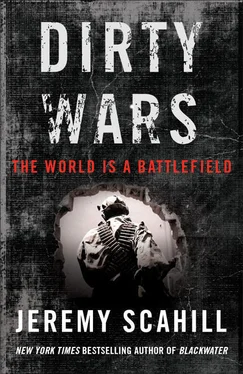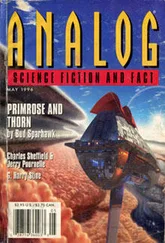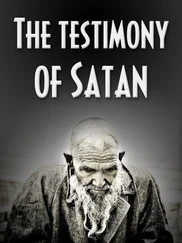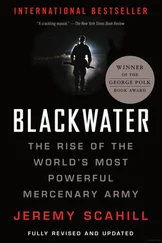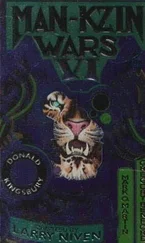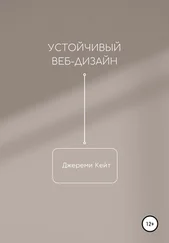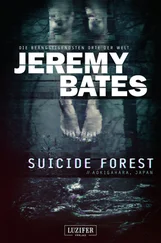In August 2002, Feith’s staff showed up at an Intelligence Community meeting at which a final draft of the US intelligence on Iraq was to be nailed down. Professional intelligence analysts who attended the meeting said that it was “unusual” because “members of an intelligence consumer organization” such as Feith’s office “normally do not participate in the creation of intelligence products.” At the meeting, Feith’s staff complained that the report was not direct enough and contained too many caveats. They also pressured the analysts to include discredited intelligence that one of the 9/11 hijackers, Mohammed Atta, had met with an Iraqi intelligence official in Prague before the attacks. Feith’s staff wrote a memo to Rumsfeld and Wolfowitz after the meeting. They alleged that the “CIA attempts to discredit, dismiss, or downgrade” the information Feith wanted included in the final report resulted in “inconsistent conclusions in many instances.” They concluded: “Therefore, the CIA report should be read for content only—and CIA’s interpretation ought to be ignored.”
In the end, under great pressure from Cheney’s team and Feith’s office, the US Intelligence Community’s final Iraq report included “questionable intelligence reports,” according to a US Senate investigation, that fit the administration’s predetermined policy of invading Iraq. Feith later presented a classified report to the Senate Select Committee on Intelligence. The Weekly Standard obtained the memo and held it up as evidence of a rock-solid connection between al Qaeda and the Iraqi regime. Feith’s memo, author Stephen Hayes alleged, proved that “Osama bin Laden and Saddam Hussein had an operational relationship from the early 1990s to 2003,” stating bluntly that “there can no longer be any serious argument about whether Saddam Hussein’s Iraq worked with Osama bin Laden and al Qaeda to plot against Americans.” Cheney’s targeted pressure campaign at the CIA and other intelligence agencies, along with Feith’s briefings, would form the basis for the dubious claims that would ultimately make the Iraq invasion a reality.

8. Survival, Evasion, Resistance, Escape
WASHINGTON, DC, 2002–2003—The November 2002 drone strike in Yemen was the opening salvo in the Bush administration’s drive to expand US military action beyond the stated battlefield of Afghanistan. Although much of the media focus at the time was on the Bush administration’s campaign to justify the invasion of Iraq, in secret the CIA was building up a black-site archipelago to deal with the rest of the world. Prisoners who had been snatched from various countries across the globe were being held in the gulags of foreign intelligence services, where they were interrogated and often tortured under the direction of US intelligence agents. CIA black sites were being constructed and “high value” detainees were being interrogated.
But infighting between the FBI and the CIA was becoming untenable. Some FBI personnel were disgusted with what they believed were extreme tactics being employed by the Agency’s interrogators. Others, like Rumsfeld and Cheney, believed the CIA was not going far enough and was too restrained by its requirements to keep congressional committees abreast of its operations. By December 2002, CIA director George Tenet would boast that the United States and its allies had already detained more than 3,000 suspected al Qaeda operatives and associates, in more than one hundred countries. But despite such proclamations, the game was only just beginning. The post-9/11 fervor that had allowed Cheney’s “dark side” operations to flow largely unabated and unchallenged by Congress and the media was fading. Journalists and lawyers were poking around. A few members of Congress were starting to ask questions. There were rumblings about “secret prisons.”
Cheney and Rumsfeld were not content with the intelligence they were receiving from the CIA or the military’s Defense Intelligence Agency (DIA) interrogators. “We have to start pushing on intel,” Rumsfeld had noted in an internal memo in March 2002. “It is not going right.” Rumsfeld asserted, “We are faced with the job of trying to find individual terrorists. That never used to be a DoD job. But terrorists today are well-organized and well-financed, they are trying to get weapons of mass destruction and can impose enormous damage on the United States. So finding them has become a Defense Department task.” Rumsfeld and his deputies began seeking assistance from a secretive military program. The Joint Personnel Recovery Agency (JPRA) was responsible for coordinating the rescue of US military personnel trapped in enemy territory, including in “denied areas,” where their very presence—if exposed—could cause a major international crisis or scandal. But of particular relevance to Rumsfeld was JPRA’s other work: preparing US forces for resisting enemy attempts to extract information from captured US personnel. All US special operators went through JPRA’s horrid torture mill, a program known as SERE, for Survival, Evasion, Resistance and Escape.
The SERE program was created to introduce US soldiers, sailors and airmen to the full spectrum of torture that “a totalitarian evil nation with a complete disregard for human rights and the Geneva Convention” could use on them if captured. At SERE training, soldiers would be subjected to a hellish regimen of torture tactics drawn from the techniques of vicious dictatorships and terrorists. During training, soldiers could be kidnapped from their quarters, beaten, hooded, shackled and stuffed into vans, flown in helicopters. They could be waterboarded, beaten with canes, have their heads slammed against walls. They would often be deprived of food and sleep and subjected to psychological torture. “At SERE school, ‘enhanced interrogation techniques’ are enemy torture methods,” said Malcolm Nance, who worked on the SERE program from 1997 to 2001 and helped develop and modernize its curriculum. Nance and other SERE instructors studied the debriefings of US prisoners of war throughout history. They dissected the interrogation tactics of Communist China, North Korea, the Vietcong, Nazi Germany and scores of other regimes and terror groups. The institutional knowledge at SERE was “built in blood. They are written in blood. Everything we use at SERE, a US service member—or thousands of them in some instances—died from.” SERE, Nance said, “was a repository of every known [torture tactic] out there. We had debriefs that went back—literally, the original debriefs—that went back to the Civil War.” SERE’s intended purpose was to prepare US military personnel to face the tactics of lawless foes. But Rumsfeld and his allies saw a different value for the program.
In the early stages of the High Value Detainee program, the CIA and the DIA were running the interrogation show, but personnel from JSOC were watching closely. Internally, JSOC had concluded that the methods being used by the US interrogators in Afghanistan were not producing results—not because they were too harsh but because they were not harsh enough. “From the beginning, there was incredible pressure on interrogators to elicit actionable intelligence from practically every individual we took into custody. Some of these detainees were complicit, others innocent; some were knowledgeable, some truly clueless,” recalled Colonel Steven Kleinman, who spent twenty-seven years working in US intelligence and was one of the most experienced interrogators in modern US history. Among his positions was director of intelligence at JPRA’s Personnel Recovery Academy. “In far too many cases, we simply erred in pressing interrogation and interrogators beyond the edge of the envelope. As a result, interrogation was no longer an intelligence collection method; rather, it had morphed into a form of punishment for those who wouldn’t cooperate.” Kleinman added that when the torture tactics “proved ineffective in producing the type of actionable intelligence required by senior leaders,” veteran US interrogators, including some from the FBI and US military, suggested using alternative, noncoercive, nonviolent tactics. Top White House officials “ignored or rejected” those tactics as “irrelevant.” “We instead opted for more of the same, except the pressure would be ratcheted up…in some cases to an alarming degree,” Kleinman said. “When presented with the choice of getting smarter or getting tougher, we chose the latter.”
Читать дальше
